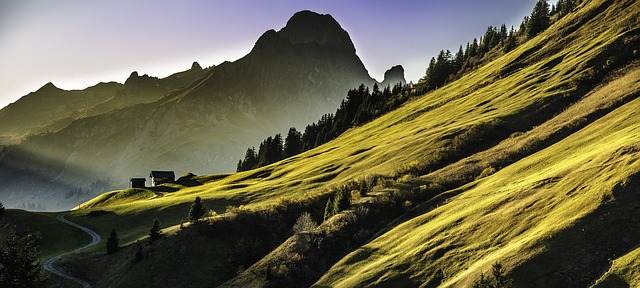In the U.S., everyone is talking about “green”, “sustainable” or “environmentally friendly” design and lifestyles. Today, LEED, Leadership in Energy and Environmental Design, is a green building certification developed by the U.S. Green Building Council. Many follow the criteria for LEED qualification when building or remodeling to create a green home. For more information, check out their website here.
Of course I am all for environmentally friendly design and lifestyles and believe that is the future. From a Japanese perspective, it’s just a little strange for me that it has become such a big “organization”. In reality, many countries in Europe and Asia have been following and practicing green design all along. This is just basically due to economics. Here in the United States, the price of water, gas, natural gas, electricity and land are much less than in other countries. When these things are plentiful and cheap, there seems no need to conserve anything. But, if such basics are extremely expensive we will automatically think of ways to conserve such energy.
Let’s take Japan as an example because that is where I lived and have first hand experience. First, land is expensive so homes are small. There is no central heating so they heat individual rooms when in use. On demand tankless water heaters have been around for at least 30 years because gas and water is expensive. Tatami, their traditional flooring, still commonly used today, is made from natural straw. The urban areas are very densely populated because as I mentioned earlier land is expensive. Cars are expensive and so is a parking space. In Tokyo, you are not allowed to purchase a car unless you can prove you have a space to park and some of those spaces can cost up to $500.00 per month. That’s why people walk or use public transport. It makes economic sense. They have been practicing “environmentally friendly” lifestyles without even realizing it. It’s just the way it is.



It’s interesting to learn different approaches to green lifestyles. I agree that when you have something in abundance, and at a cheap price, you tend to take it for granted…we should all be mindful of what and how much we consume, and realise that although we live in a world of abundance, we should not squander our gifts.
Hi Cristina, Great points you bring up. Yes, as you say it’s so important to be mindful and remember that nature is a “gift”. What are some of the green lifestyle approaches in your part of the world?